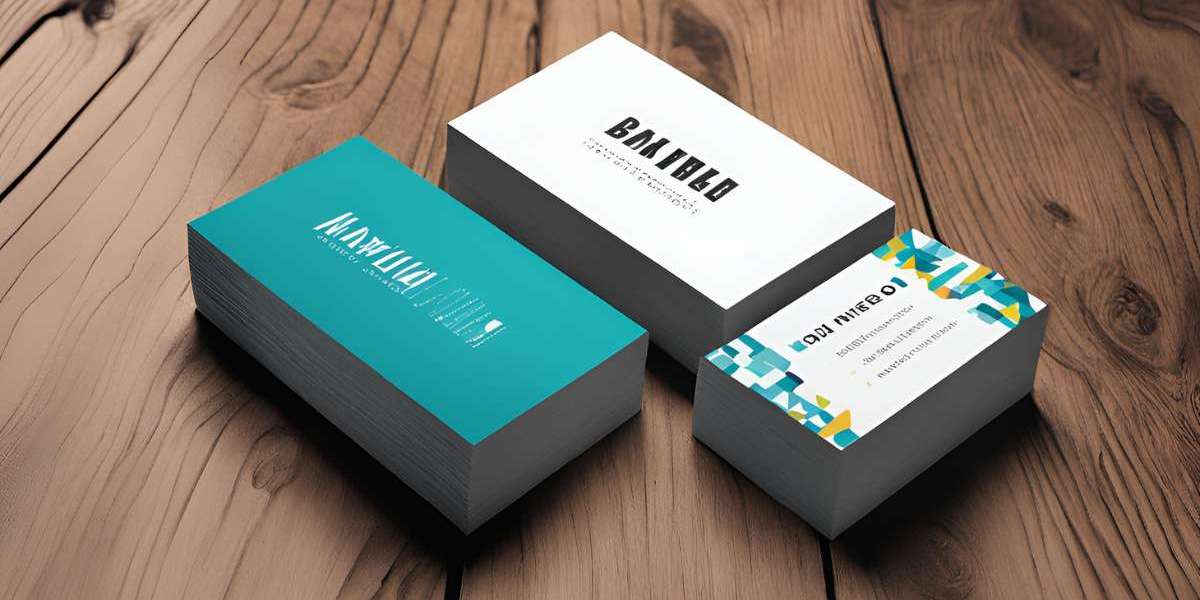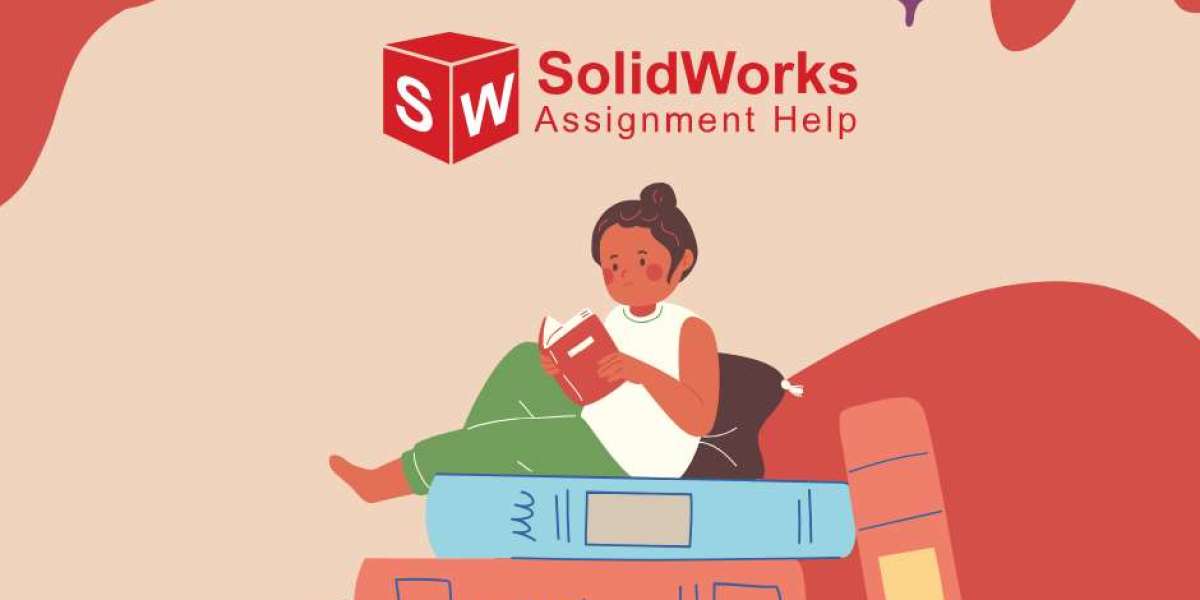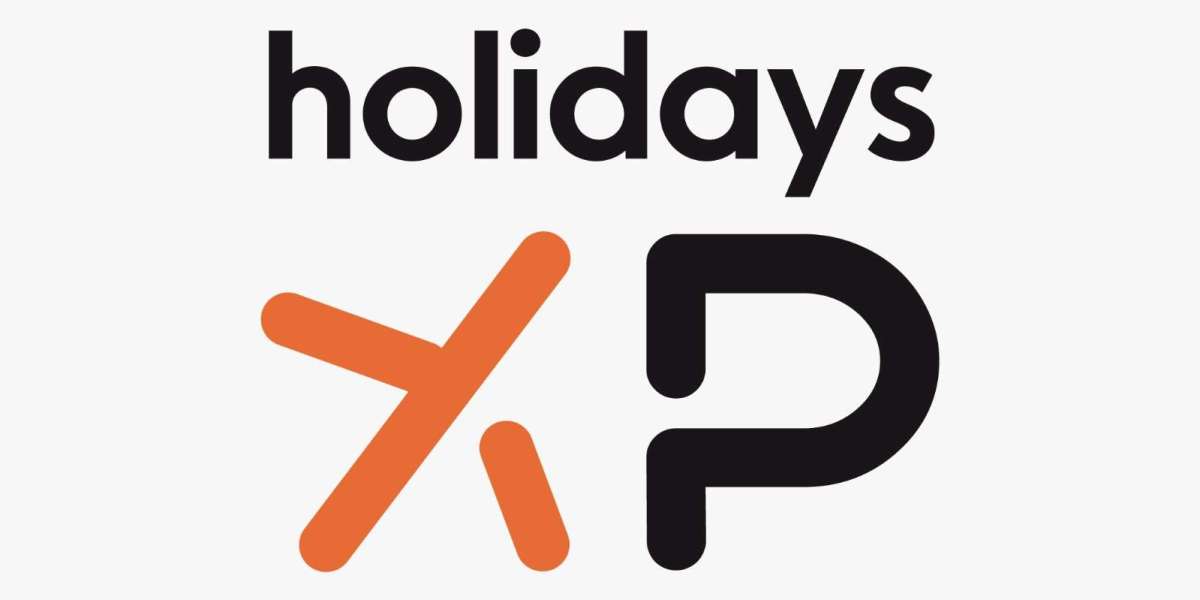Despite all the progress with technology, a well-designed business card can leave a more lasting impression and create a strong personal rapport. Be it at a conference, networking event, or simply by coincidence, this card serves as one of the quickest and easiest methods of sharing contact information while reinforcing branding. But what does a business card represent in terms of networking? Let's see what makes it so important in today's business setting.
Business Cards: What They Mean for Networking
A business card is usually the first physical contact you make with anyone. It is an icebreaker, a microcosm of your brand, and keepsake which they can carry with them. When implemented correctly, business cards show professionalism, attention to detail, and personality-all traits that people want in business relationships.
Building First Impressions
They say first impressions matter, and your business card is a big part of that initial impression. A professional-looking business card speaks volumes not just about your personal brand but also about the professionalism and seriousness you attach to your work. When someone looks at your card and sees quality, they're more likely to view you as a reliable partner or professional.
Communication of Brand Identity
A business card is more than just contact details; it's a piece of your brand. Colors, fonts, and a logo are indicative of your brand's identity. Be it corporate, creative, or casual, these elements help others understand your business style and approach.
Colors and Fonts that Represent You
Color and font choice should be guiding factors in the design process, creating an instant correlation between the reader and a brand. For instance, gold and black colors can add an element of class to any luxury brand, while the shades of blue for a tech company may create a feeling of trust and dependability.
Creating a Personal Connection
While most of the connections today are made online, exchanging a business card is much more personalized and memorable than this. It creates this small interaction-a simple exchange of a card that usually involves eye-to-eye contact, conversation, and sometimes leads to a better connection.
Easy Access to Contact Information
As much as we can connect digitally, information on a business card is sometimes more accessible. It's an effortless manner in which to share the important information. Since it is in physical form, most individuals will not misplace it among other digital contacts.
Professionalism and Attention to Detail
A nice business card indicates you are prepared and take your work seriously. It can show you have attended to the smallest details of your business and might help establish credibility, making the potential customer more likely to do business with you.
Quality Materials Count
A thick, high-quality cardstock or a unique finish, such as matte or gloss, will make your card stand out. The kind of materials used depicts that you are not just issuing some fly-by-night card, but rather something for which the values are meant.
Standing Out from the Crowd
It can be overwhelming to attend networking events due to the number of people that you meet. An unforgettable business card might be just what you need to be remembered. More often than not, it's an unusual design, color, or material which will make your card stand out from a pile of many cards.
Easy to Follow Up
Business cards create a very accessible and considerate way to follow up with someone after meeting them. A follow-up with a short message about the exchange of the business card can reiterate this connection and make you more memorable.
Showing You're Invested in a Business
A business card shows that you have taken time to prepare and invest in how you present yourself. That reflects positively on you and makes you serious about your business.
Functional Design Enhances Memorability
Design doesn't mean just to make something pretty, but also about usability. A no-frills card only contains the most necessary information, which in turn brings clarity; creative flair can make the card more memorable. Functional design, with clear and easy-to-read text, might really add to the overall user experience and leave a good feeling.
Avoid Clutter for a Clear Message
This makes the information be at a minimum, such as just a name, title, e-mail, and phone number, so it does not clutter it up and blind a message. Too much on one card may make the focus shift away from the purpose of the card and leave people confused as to what method of contact is appropriate.
Encourages Offline Connections in a Digital Age
Digital connections are meaningful, yet business cards foster face-to-face interactions and complement one's online presence. Often, there's more trust in personal connections than just online networking.
Helps in Cross-Cultural Networking
Exchanging business cards is a long and highly valued tradition in some cultures. Being able to offer a professionally printed business card in this situation can demonstrate respect for native customs and can help build a better rapport with foreign partners.
Keeps Your Contact Details at Hand
Having your contact details on the card offers an easy means of getting in touch with you. For many, a tangible card will be more accessible than having to go through digital contacts or social media accounts.
Easy Means to Drive Traffic to Your Online Platforms
Adding your website or your social media handles on the card gives them a way of checking out your online profiles when it's more convenient for them, perusing more about your work.
Cost-Effective Marketing Tool
Business cards are inexpensive ways of promoting one's self. Business cards result in better returns compared to other marketing strategies, particularly to small businesses. One doesn't necessarily need to have a big budget in creating a striking card.
Conclusion
Networking with business cards pays off in this digital-first world. They are inexpensive, available, and an extremely effective means to represent your brand identity and connect personally. Be it at networking events, business meetings, or other chance meetings, a well-designed business card is an essential factor in leaving behind a memorable impression.
Frequently Asked Questions
1. What information do I put on my business card?
Include your name, title, contact number, email address, and, if desired, your website or social media links.
2. How can my business card stand out?
Quality materials and clean design, accompanied by something that might be unique, such as a logo or QR code.
3. Do business cards still work with digital networking?
Business cards have the ability to personalize networking that is often lost in times of digital networking.
4. Can I have a digital business card instead of a physical one?
Digital business cards are an excellent complement, but there's just something about having that physical card that makes it real and memorable in people's minds.
5. Why is the paper quality of business cards so important?
Good paper quality feels premium and shows professionalism and attention to detail.



